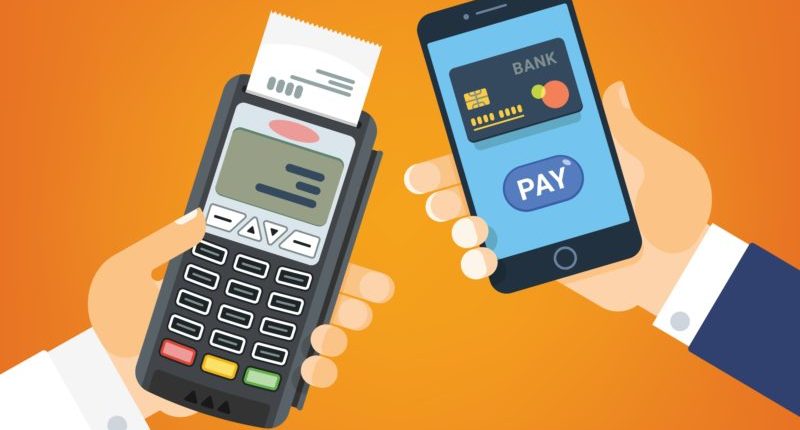In the recent Monetary Policy Review, the Reserve Bank of India (RBI) has announced three key measures to make mobile wallets more efficient. These three measures are supposed to encourage people to use money digitally even more going forward. There’s no surprise even if the mobile wallets start replicating your bank account more than ever before.
The three measures are listed below.
- Real-Time Gross Settlement (RTGS) and National Electronic Funds Transfer (NEFT) facilities are now available on mobile wallets.
- The interoperability of mobile wallets is made mandatory.
- The maximum balance in mobile wallets is increased from Rs.1 lakh to Rs.2 lakh.
Money Transfer from Mobile Wallets
So far, there was no provision for you to make a money transfer from your mobile wallet directly to someone, i.e. the recipient had to have the same mobile wallet for you to transfer money. Sending money from your mobile wallet to your own bank account was a little cumbersome as well. Not all mobile wallets allow this.
Now that RBI has allowed NEFT and RTGS transactions from the mobile wallet, you can add beneficiary and simply start transferring money! This enables sending the wallet balance back to your bank account too. Further, you can now make business payments and transfer money to bank accounts from other banks as well.
Adding money to your mobile wallet also gets quicker as you don’t need card details and UPI for this anymore.
Will NEFT and RTGS beat UPI?
Unified Payments Interface (UPI), built on the Immediate Payment Service (IMPS) framework by NPCI, has already enabled the money transfer service on mobile wallets. UPI transfers are instant and are a much-appreciated mode of payment. On the other hand, NEFT transfers are done in batches once every 15-30 minutes. RTGS, though transfers money in real-time, comes with a minimum transaction limit of Rs.2 lakh.
Looks like UPI has the upper hand in the competition for retail payments and money transfers, doesn’t it? Then what is the purpose of RBI granting NEFT and RTGS transactions on mobile wallets?
The major cause for this move can be to reduce the burden of money transfer on the banking system. RBI agrees that the pandemic has made digital payments more popular and important and hence the move say, industry experts. In comparison with the popularity of banks, digital wallets have acquired more space. Therefore, RBI’s latest move has the potential to bring customers from small towns towards banking effectively.
Importance of Interoperability
RBI has made the interoperability feature mandatory for full-KYC mobile wallets. This means a mobile wallet holder of one brand will be able to seamlessly send money to the mobile wallet of another brand. So far, this was not possible unless both the sender and receiver had the mobile wallets from the same provider.
Recalling the ruling of RBI made in 2018, the mobile wallet interoperability was only made a voluntary decision for the wallet providers. Even after two years, the migration towards full-KYC instruments and interoperability is not any remarkable.
Clear guidelines on how the inclusion of NEFT and RTGS works are yet to be revealed. However, the RBI’s move has gained a lot of traction and is being appreciated by the industry experts and general public. Let us see how this move is going to change in the digital payments space in the near future.
For any clarifications/feedback on the topic, please contact the writer at apoorva.n@cleartax.in





